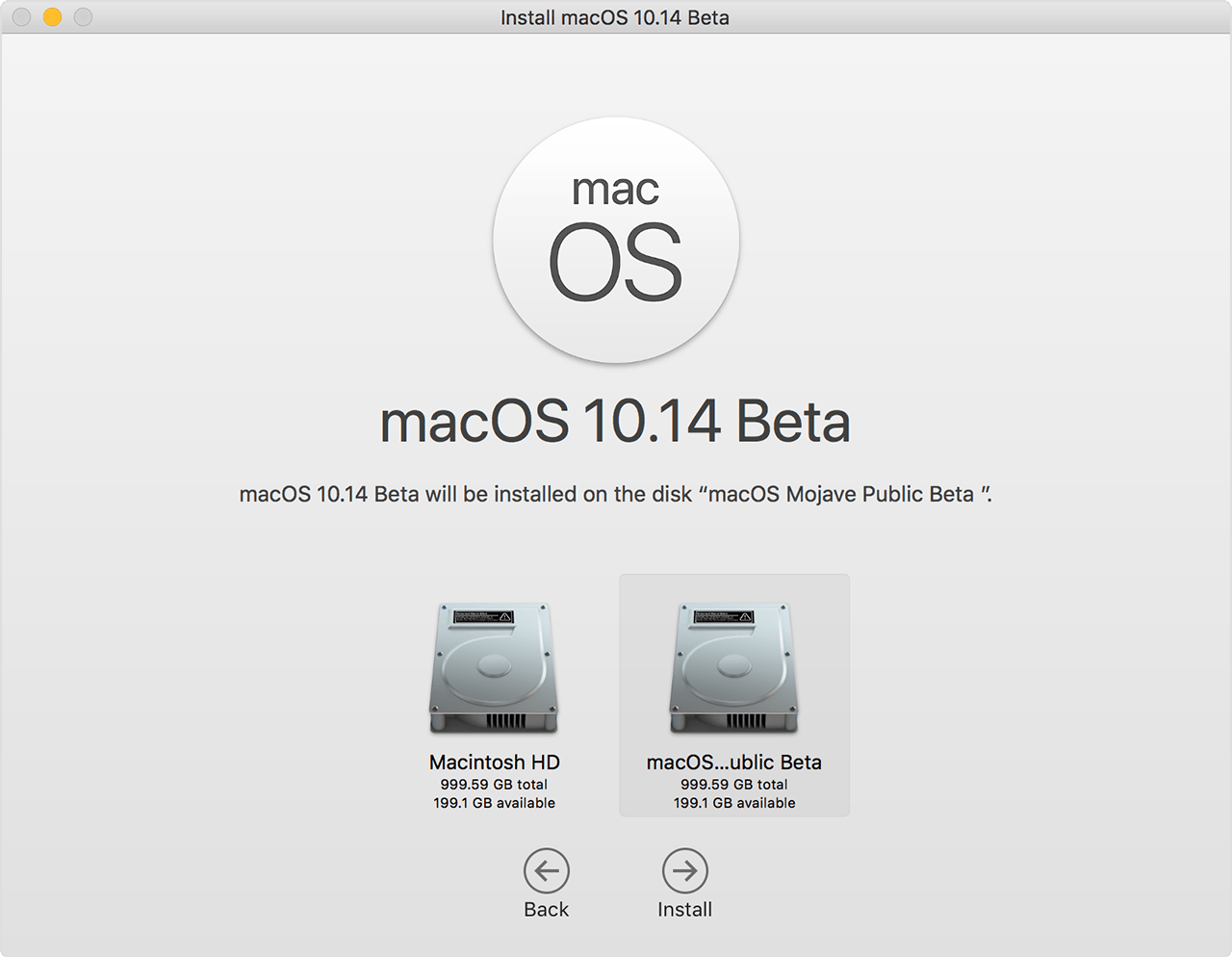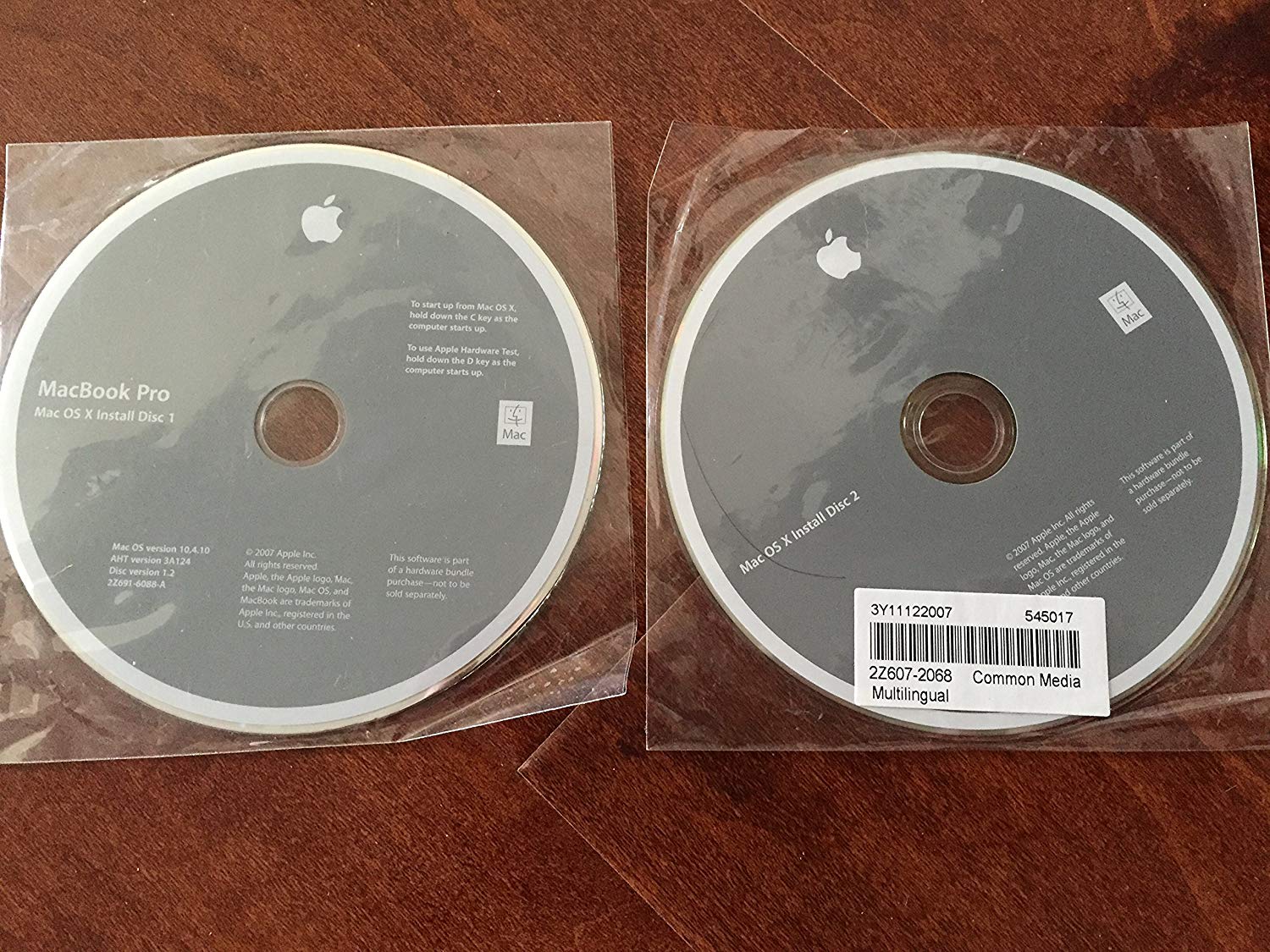
Disk Utility got a facelift with the launch of OS X El Capitan. But this makeover didn’t go well for a handful of Mac users. Some of them find difficult to perform regular disk management activities on Apple hard disk drives including partitioning the disk, creating, resizing and deleting a partition.
Jul 03, 2017 External Hard Drives (WDs) won't eject since upgrade to El Capitan (10.11.2). It happens on my iMac and laptops. Pop up says other programs may be using the hard drive but that is not the case. I need to restart, with external still mounted; then I am able to eject. Bit of a pain. Rioddas External CD Drive, USB 3.0 Portable CD/DVD +/-RW Drive Slim DVD/CD ROM Rewriter Burner Compatible with Laptop Desktop PC Windows Linux OS Apple Mac(Black) 4.2 out of 5. El Capitan was the last version of OS X to officially support USB modems and installing it as a secondary OS on your Mac is possible if a little complicated nowadays. There is also a more complicated way to add USB modem support to Mojave and Catalina but it is very difficult for the average user.
- Select Mac OS X Extended (Journaled) and GUID Partition Map. Open the previously downloaded macOS installer. Click through the license agreement until prompted to select the disk to use for OS installation. Select Show All Disks and choose your USB. Click Continue and wait for the installation to complete.
- Mac OS X Release Candidate - (Download #35) Zip contains both installer & developer tools. Mac OS X 10.5 Single Layer DVD - (Download #36) Basic OS install, no extras included as to fit on one DVD.
One way to burn files to a CD or DVD in OS X El Capitan is to simply insert a blank disc and select the files you want to burn on the fly.
Just follow these steps to burn a CD or DVD:
Mac Os X Install Disc

Insert a blank CD or DVD disc.
You see an alert that asks you what you want to do with the disc.
Choose Open Finder from the Action pop-up menu.
Open Finder is the default choice unless you’ve changed that default in the CDs & DVDs System Preferences pane.
Your choices are
Open Finder: Mounts the blank disk in the Finder
Open iTunes: OpensiTunes automatically when you insert a blank CD
Open Other Application: Lets you choose the application to use when you insert a blank CD or DVD disc
Run Script: Runs a specified AppleScript when you insert a blank disc.
Pick one or click the Ignore button to leave the disk in your drive without doing any of the above or the Eject button to eject the disk.
If you didn’t ignore or eject the disk, if you want to make whichever action you selected the default for future disks you insert, enable the Make This Action the Default check box before you click OK.
Click OK.
Your blank CD or DVD mounts, and its icon appears in the Sidebar of Finder windows and on the Desktop regardless of whether your Finder Preferences are set that way. The mounted CD or DVD acts just like any other removable disc, but its distinctive icon tells you that it’s a recordable DVD (or CD).
Drag files or folders.
You can drag the files or folders onto the disc icon in the Sidebar or desktop, or open the disc and drag the files or folders to the disc’s window. Continue adding files or folders until the disc contains all the files you want on it or is full.
/notes-app-stopped-working-mac/. (Optional) Change the disc’s name from Untitled DVD (or CD) the same way that you change the name of any file or folder.
When you’re ready to finish (burn) your DVD (or CD), open its disc icon and click the Burn button (below the Search field near the top right).
Choose a speed from the Burn Speed pop-up menu, click the Burn button, and you’re done.
Select the Save Burn Folder To check box if you think that you may want to burn another copy of this disc someday.
Warning: CD-RW and DVD-RW disks (the RW stands for rewritable) discs rarely work in devices other than your Mac, including CD (audio) players and DVD (video) players. If you burn a music CD or video DVD and intend to watch or listen to it on a device other than your Mac, make sure the disk is a CD-R or DVD-R; NEVER use rewritable CD-RW or DVD-RW disks.

After completing the installation, the App Store will remove the installation files, and we really need those to create an installation DVD or USB drive. There are several ways to abort. Press COMMAND + Q (on a Windows keyboard: left WINDOWS + Q) 2. Use the menu “ Mac OS X Lion Install ” and select the option “ Quit Mac OS X Lion. Mac OS X Mountain Lion (version 10.8) is the nineth major release of Mac OS X (now named macOS), Apple’s desktop and server operating system for Macintosh computers. OS X Mountain Lion brings a lot of great things from iPhone, iPad, and iPod touch to the Mac. You can send iMessages. Get your Mac in on Game Center. Receive notifications. Mac OS X 10.4 Tiger is the fifth major release of Mac OS X (now named macOS), Apple's desktop and server operating system for Mac computers. Tiger was released to the public on April 29, 2005 for US$129.95 as the successor to Mac OS X 10.3 Panther. Some of the new features included a fast searching system called Spotlight, a new version.
These advanced steps are primarily for system administrators and others who are familiar with the command line. You don't need a bootable installer to upgrade macOS or reinstall macOS, but it can be useful when you want to install on multiple computers without downloading the installer each time.
Download macOS
Find the appropriate download link in the upgrade instructions for each macOS version:
macOS Catalina, macOS Mojave, ormacOS High Sierra
Installers for each of these macOS versions download directly to your Applications folder as an app named Install macOS Catalina, Install macOS Mojave, or Install macOS High Sierra. If the installer opens after downloading, quit it without continuing installation. Important: To get the correct installer, download from a Mac that is using macOS Sierra 10.12.5 or later, or El Capitan 10.11.6. Enterprise administrators, please download from Apple, not a locally hosted software-update server.

OS X El Capitan
El Capitan downloads as a disk image. On a Mac that is compatible with El Capitan, open the disk image and run the installer within, named InstallMacOSX.pkg. It installs an app named Install OS X El Capitan into your Applications folder. You will create the bootable installer from this app, not from the disk image or .pkg installer.
Use the 'createinstallmedia' command in Terminal

Mac Os X El Capitan External Cd Drive Download
- Connect the USB flash drive or other volume that you're using for the bootable installer. Make sure that it has at least 12GB of available storage and is formatted as Mac OS Extended.
- Open Terminal, which is in the Utilities folder of your Applications folder.
- Type or paste one of the following commands in Terminal. These assume that the installer is still in your Applications folder, and MyVolume is the name of the USB flash drive or other volume you're using. If it has a different name, replace
MyVolumein these commands with the name of your volume.
Catalina:*
Mojave:*
High Sierra:*
El Capitan: - Press Return after typing the command.
- When prompted, type your administrator password and press Return again. Terminal doesn't show any characters as you type your password.
- When prompted, type
Yto confirm that you want to erase the volume, then press Return. Terminal shows the progress as the bootable installer is created. - When Terminal says that it's done, the volume will have the same name as the installer you downloaded, such as Install macOS Catalina. You can now quit Terminal and eject the volume.
* If your Mac is using macOS Sierra or earlier, include the --applicationpath argument, similar to the way this argument is used in the command for El Capitan.
Use the bootable installer
After creating the bootable installer, follow these steps to use it:
Mac Os El Capitan Installer
Mac Os X Install Disc Download
- Plug the bootable installer into a compatible Mac.
- Use Startup Manager or Startup Disk preferences to select the bootable installer as the startup disk, then start up from it. Your Mac will start up to macOS Recovery.
Learn about selecting a startup disk, including what to do if your Mac doesn't start up from it. - Choose your language, if prompted.
- A bootable installer doesn't download macOS from the Internet, but it does require the Internet to get information specific to your Mac model, such as firmware updates. If you need to connect to a Wi-Fi network, use the Wi-Fi menu in the menu bar.
- Select Install macOS (or Install OS X) from the Utilities window, then click Continue and follow the onscreen instructions.
Mac Os Updates El Capitan
Mac Os X Install Cd Download Full
Learn more
For more information about the createinstallmedia command and the arguments that you can use with it, make sure that the macOS installer is in your Applications folder, then enter this path in Terminal:
Mac Os X Install Cd Download
Upgrade To Os X El Capitan
Catalina:
Mojave:
Mac Os El Capitan Iso
High Sierra:
El Capitan: